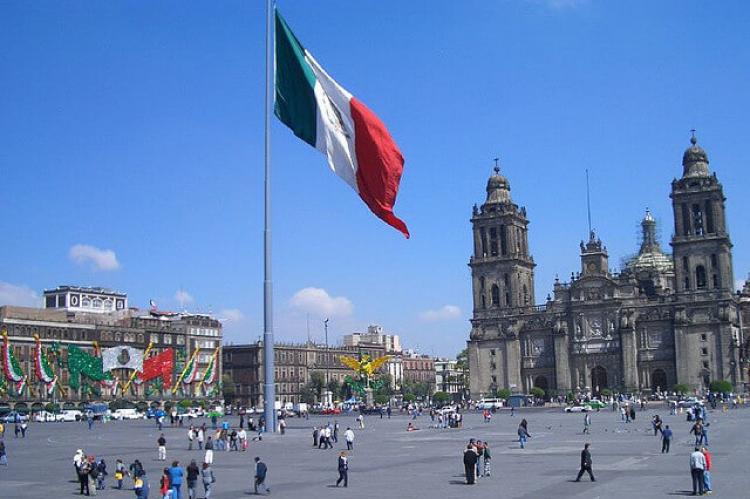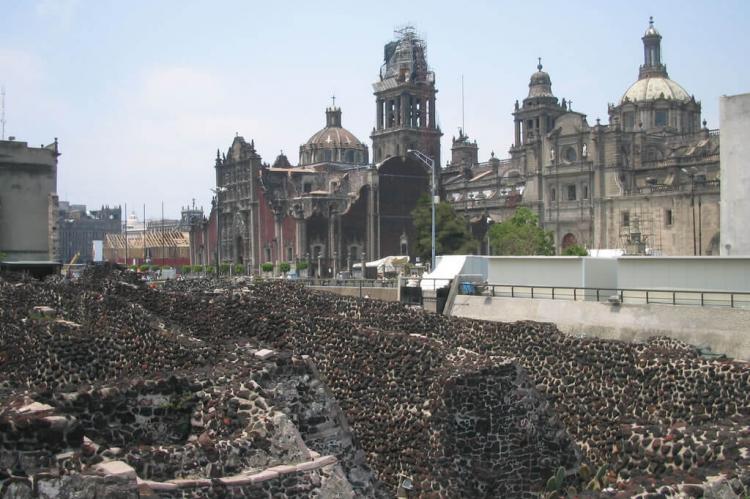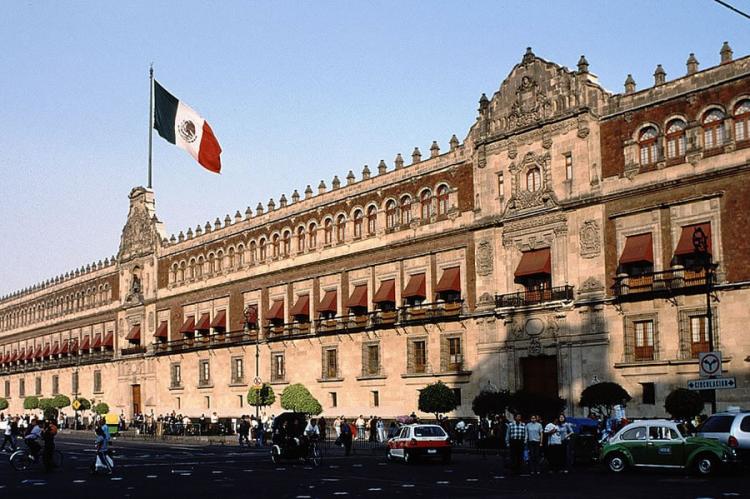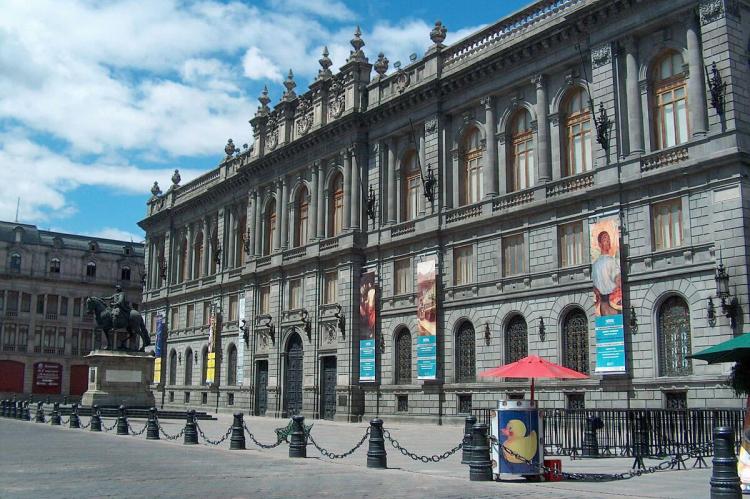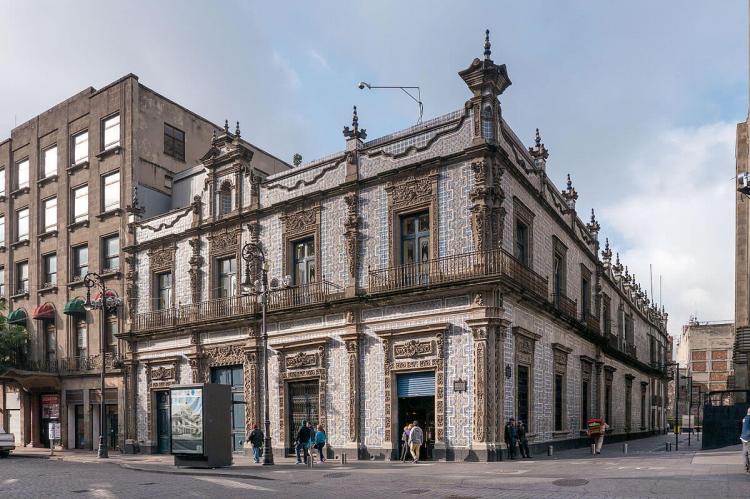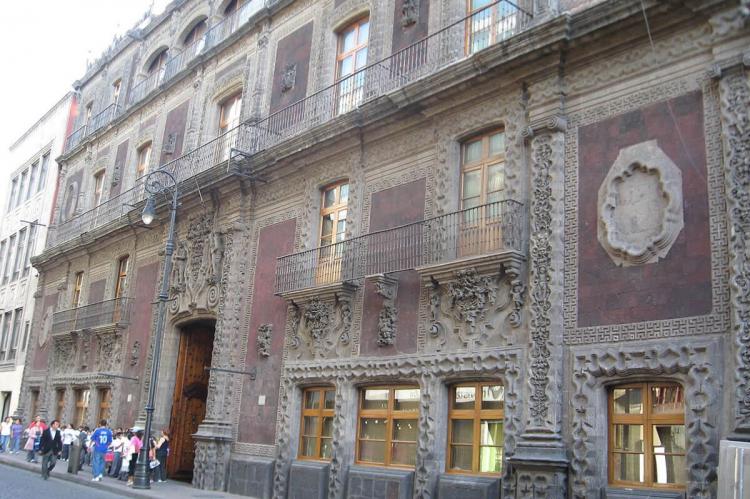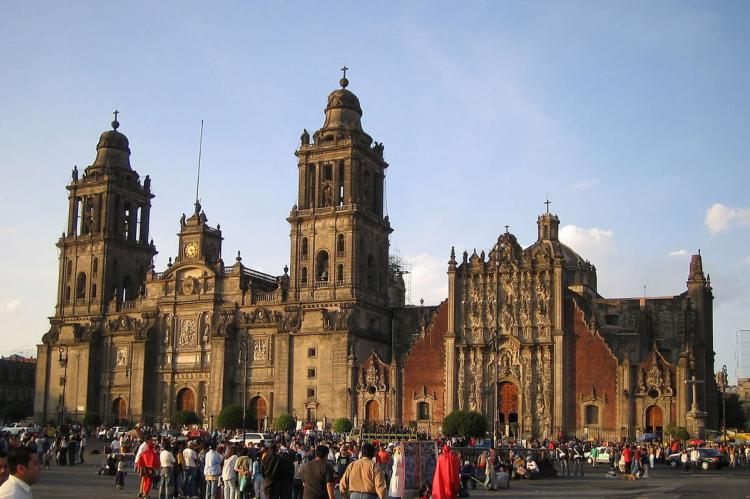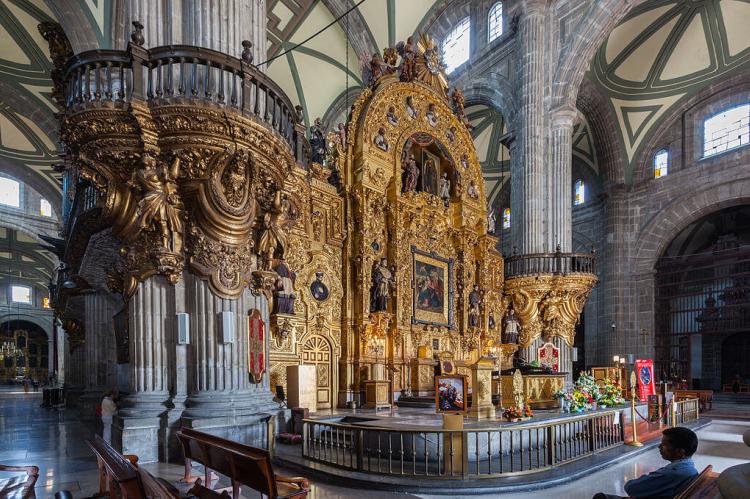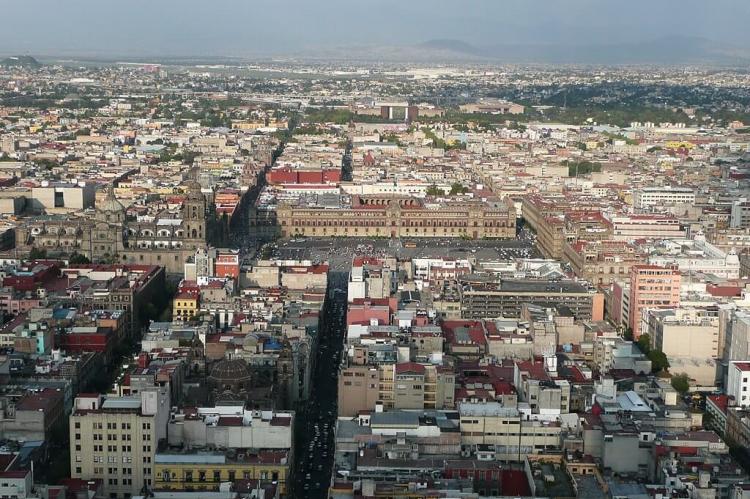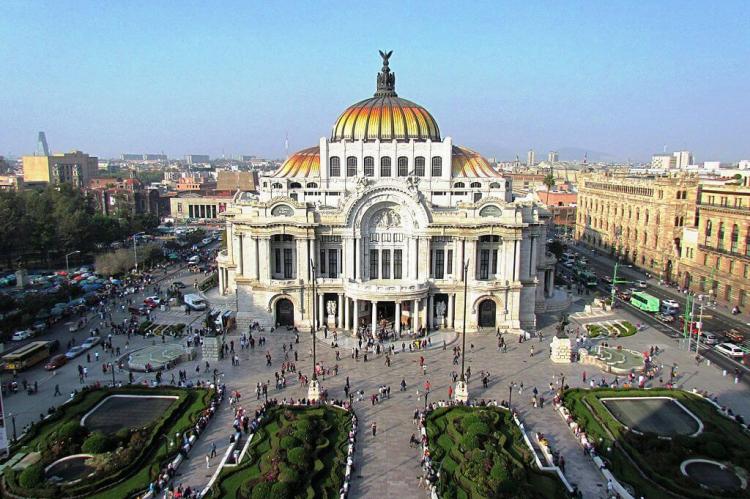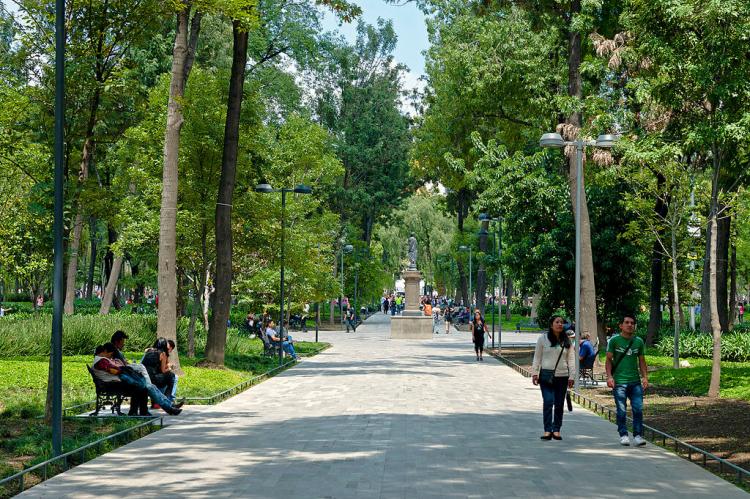Unraveling the Layers of History: The Centro Histórico of Mexico City
The historic center of Mexico City, Centro Histórico, is a vibrant hub of history, culture, and architecture. Stretching outward from the iconic Zócalo are landmarks such as the National Palace, Metropolitan Cathedral, Palace of Fine Arts, Old Portal de Mercaderes, and Alameda Central Park.
Centro Histórico: A Living Tapestry of Mexico City's Rich Heritage
Nestled in the heart of Mexico City, the Centro Histórico is a vibrant tapestry woven from the threads of centuries-old civilizations, cultural traditions, and architectural marvels. This historic district, recognized as a UNESCO World Heritage Site, is a testament to the city's enduring legacy, where the echoes of the ancient Aztec empire harmonize with the grandeur of Spanish colonial influence. From the iconic Zócalo to the majestic Metropolitan Cathedral, the Centro Histórico offers a captivating journey through time, providing a window into the rich history of Mexico's capital.
The Foundations of Tenochtitlan
The Aztec Origins
The roots of the Centro Histórico delve deep into the annals of pre-Hispanic history, tracing its origins to the ancient Aztec city of Tenochtitlan, founded around 1325. This meticulously planned city adhered to a grid system, with streets and canals aligned along cardinal directions, giving rise to orderly square blocks. The island upon which the town was established was divided into four distinct neighborhoods – Cuepopan, Atzacualco, Moyotla, and Zoquipan – each with its district council or "tecpan," reflecting the intricate social fabric of the Aztec civilization.
The Heart of an Empire
At the crossroads of Tenochtitlan's main thoroughfares stood the epicenter of the Aztec world, where the Templo Mayor, the palaces of emperors and nobles, and prestigious educational institutions like the Telpuchcalli for secular studies and the Calmecac for priestly training were located. This nexus served as the beating heart of the empire, a testament to the Aztecs' architectural prowess and reverence for the sacred. The main north-south roads leading to Tepeyac and Iztapalapa, the west-east road leading to Tacuba, and a dike into the lake converged at this central point, adorned with the grandeur of the Aztec empire's most significant structures.
The Spanish Imprint
Architectural Synthesis
The arrival of the Spanish conquistadors ushered in an era of transformation, yet the basic urban structure of Tenochtitlan persisted, thanks to the meticulous efforts of Alonso Garcia Bravo. This Spanish engineer oversaw much of the city's reconstruction, preserving the aqueducts built by Moctezuma Ilhuicamina and Ahuizotl and a substantial dike constructed to the east. Major thoroughfares such as Tenayuca (renamed Vallejo), Tlacopan (renamed México Tacuba), and Tepeyac (now Calzada de los Misterios) retained their significance, while new architectural elements fused indigenous and colonial influences.
A Melding of Cultures
Despite the architectural shifts, the Centro Histórico retained significant city divisions, with Christian prefixes appended to Aztec names, creating a unique amalgamation of indigenous and colonial identities. Neighborhoods like San Juan Moyotla, Santa María Tlaquechiuacan, San Sebastián Atzacualco, and San Pedro Teopan stand as living testaments to this cultural synthesis, their foundations built upon the rubble of the ancient metropolis. This melding of cultures is a testament to the resilience of the Aztec city and the enduring influence of its pre-Hispanic roots.
The Heart of the City: Zócalo
A Plaza Steeped in History
At the core of the Centro Histórico lies the Zócalo, officially known as Plaza de la Constitución. This vast square, spanning 57,600 square meters, is the largest in Latin America and traces its roots back to the ceremonial center of Tenochtitlan. It can host up to 100,000 people, making it a dynamic space for political, social, and cultural events throughout Mexico's history.
Architectural Wonders Surrounding the Zócalo
The Zócalo is surrounded by iconic landmarks that narrate the tale of Mexico's past and present. The Palacio Nacional, with its red tezontle facade, has been a seat of power since the Aztec empire, symbolizing the nation's political heritage. The Catedral Metropolitana, built over nearly 250 years, blends architectural styles from the Renaissance, Baroque, and Neoclassical periods, reflecting the influence of the Spanish colonial era.
Nearby, the Templo Mayor archaeological site and museum offer a glimpse into the Aztec capital's religious and cultural practices, unearthing the ancient teocalli at the heart of Tenochtitlan. The Palacio de Bellas Artes, with its Neoclassical and Art Deco design, pays tribute to Mexico's artistic heritage as a cultural center for music, dance, theater, opera, and visual arts.
A Living Legacy
A UNESCO World Heritage Site
Acknowledging their historical and cultural significance, the Centro Histórico and the "floating gardens" of Xochimilco have earned the prestigious designation of a UNESCO World Heritage Site. This recognition underscores the enduring importance of this historic district as a living canvas. Layers of history, from the Aztec civilization to the Spanish colonial era, intertwine seamlessly, inviting visitors to stroll through the corridors of time and immerse themselves in the vibrant narrative of Mexico's past and present.
A Dynamic Intersection of Past and Present
The Centro Histórico of Mexico City stands not merely as a collection of structures but as a living legacy that reverberates with the footsteps of civilizations. It is a dynamic intersection of the ancient and the colonial, a convergence of cultures that has shaped the identity of modern-day Mexico. The Old Portal de Mercaderes, known as the "Centro Joyero Zocalo," reflects the historic presence of commercial structures since the Spanish Conquest, housing shops, offices, and jewelry stores.
The verdant expanse of Alameda Central Park, the oldest public park in the Americas dating back to 1592, symbolizes the evolution of public spaces in Mexico. The UNESCO World Heritage status elevates the Centro Histórico to a global emblem of cultural heritage, inviting all who visit to embrace the rich tapestry of Mexico's history and cultural abundance.
Conclusion
The Centro Histórico of Mexico City is a captivating tapestry woven from the threads of diverse cultures and epochs, each strand contributing to its rich and multifaceted heritage. From the ancient Aztec foundations to the Spanish colonial imprint, this historic district is a testament to the resilience and adaptability of human civilization. As a UNESCO World Heritage Site, the Centro Histórico stands as a global treasure, inviting visitors to explore its labyrinth of streets, plazas, and architectural wonders, each offering a glimpse into the stories that have shaped the vibrant identity of Mexico's capital over centuries of history and cultural exchange.
